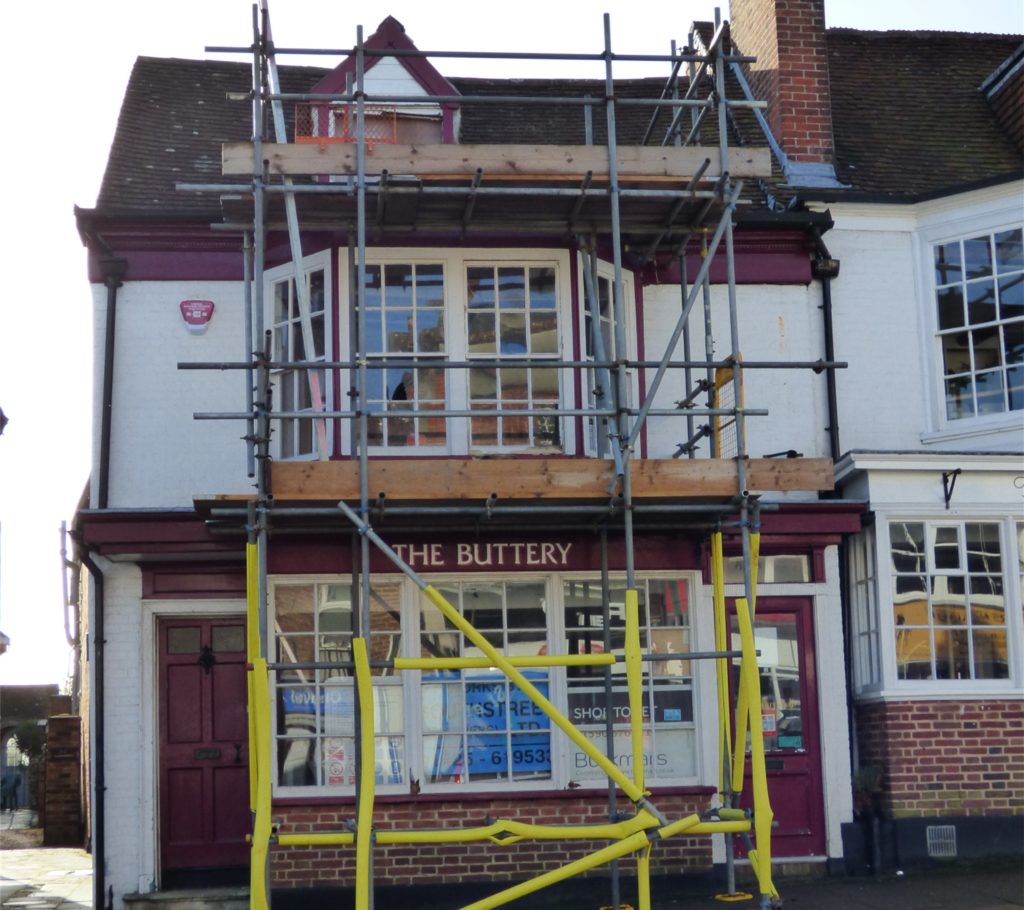The Twenty-first Century

High streets were once the bustling focus of many towns and cities: a place to buy your essentials and meet people. Today many are in decline, the competition from online shopping, out of town supermarkets and retail parks resulting in empty shops and declining visitor numbers. In Lymington individual food shops have been replaced by supermarkets, clothing shops are mostly national chain stores while practical supplies shops like ironmongers are largely represented by major chains at Ampress industrial estate. There are still pubs and hotels but now also numerous cafés and restaurants.
While there were once plenty of grocers, fruiterers, dairies, bakers, butchers and fishmongers on the High Street, there are now very few. Food shops today include takeaways and frozen foods, a supermarket and a discount store. Chemists, watchmakers and jewellers, bookshops and stationers, banks, florists, estate agents and hairdressers remain, but there is less variety than before. The High Street now hosts 23 clothing stores, 11 cafés or restaurants, 10 charity shops, seven estate agents, five banks, four opticians as well as more modern trades including phone shops and computer repairs, travel agents and a tattooist.
The number of wholly residential properties has fallen to 4% of High Street premises, from 10% in 1859. However, today there are 15 vacant properties and recent planning applications suggest that in the future more premises are likely to become residential dwellings, replacing shops and offices.
Many of the national stores which replaced family-run businesses have also disappeared in recent years. Today high street shop closures are largely attributed to four issues: competition from shopping centres and retail parks, the growth of online shopping, bank closures, and unaffordable business rates. COVID lockdowns also favoured online sellers. This has made the future of our high street very uncertain.
The Future of the High Street
The crisis facing our high streets reflects a collapse of the shopping-focused identity of many town centres. This had resulted in too many shops competing with each other and the crowding out of alternatives uses for high street premises. High land and rental values for town centre commercial areas have also made survival impossible for some small businesses and even established retail chains when competing against the much lower overheads faced by out-of-town and online shopping companies. The rise of internet shopping with its vast range of products and choices, low overheads and economies of scale has proved to be the tipping point in the decline of many town centre shopping areas. The move to online banking and the cost-saving closure of bank branches also gives people less reason to visit their local high street.
Concern about the future of high street retailing and its implications for the economic and social health of our towns has led to a number of reviews and reports: a 2018 ‘Plan for the High Street’, the creation of a High Streets Task Force in 2019 and the Future High Streets Fund recently being increased to £1billion. The future could see a move towards more residential properties in town centre shopping areas, particularly in more wealthy and attractive locations like Lymington. There is also more interest in high streets as important places for social interaction and civic activity which could spark a move away from streets completely dominated by shopping and a return to the model from previous centuries.
Perhaps this has also led to a glimmer of hope for a recovery of our high streets. People’s desire for something unique, local and with a more direct connection to makers and producers has led to successes for independent stores that can provide something different, more tailored and personal. Surveys have found a greater emphasis on public leisure and entertainment facilities (pop-up stalls, street performers, hospitality) is now more appealing than the opening of new shops. Perhaps this is the future for Lymington High Street?













